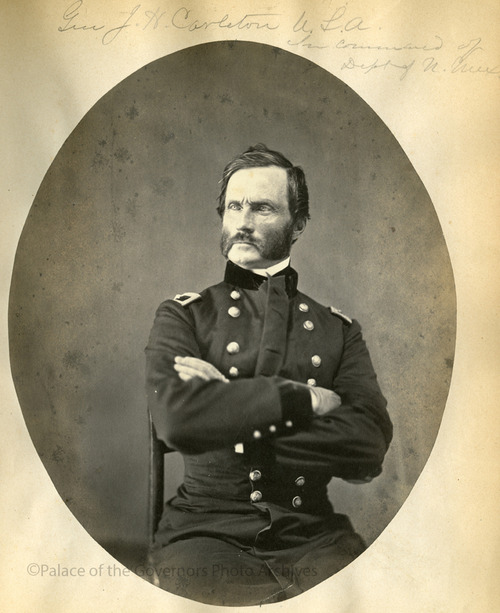Ficboy
Banned
A bit less disparity is the key word here. Also, there are some independent South scenarios that aren't Confederate States-related such as the Federate States of Dixie (FSD) in Oh I Wish I Was In Dixie, the Southern American Confederation (SAC) in Timeline 1828, Dominion of Southern America in the titular timeline and British Columbia in Jefferson's Anti-Slavery Crisis.Oh there's definitely scenarios where the Confederates can win without direct foreign intervention like seen here in Wrapped in Flames, but they are certainly few and far between. The Shattered Nation novels do a good job of getting us to an 1864 version of that, and I highly recommend them. Personally I agree with you that an earlier civil war is basically a shoe in for the South to secede as it is far, far less of a disparity between the two sections.
I think Maryland is kind of an exception though. The government in Washington has a huge reason to hang on doggedly to Maryland, if not for strategic reasons than simply for matters of national pride. The Confederates would have to win big for Maryland to ever be on the chopping block at the peace negotiations.

